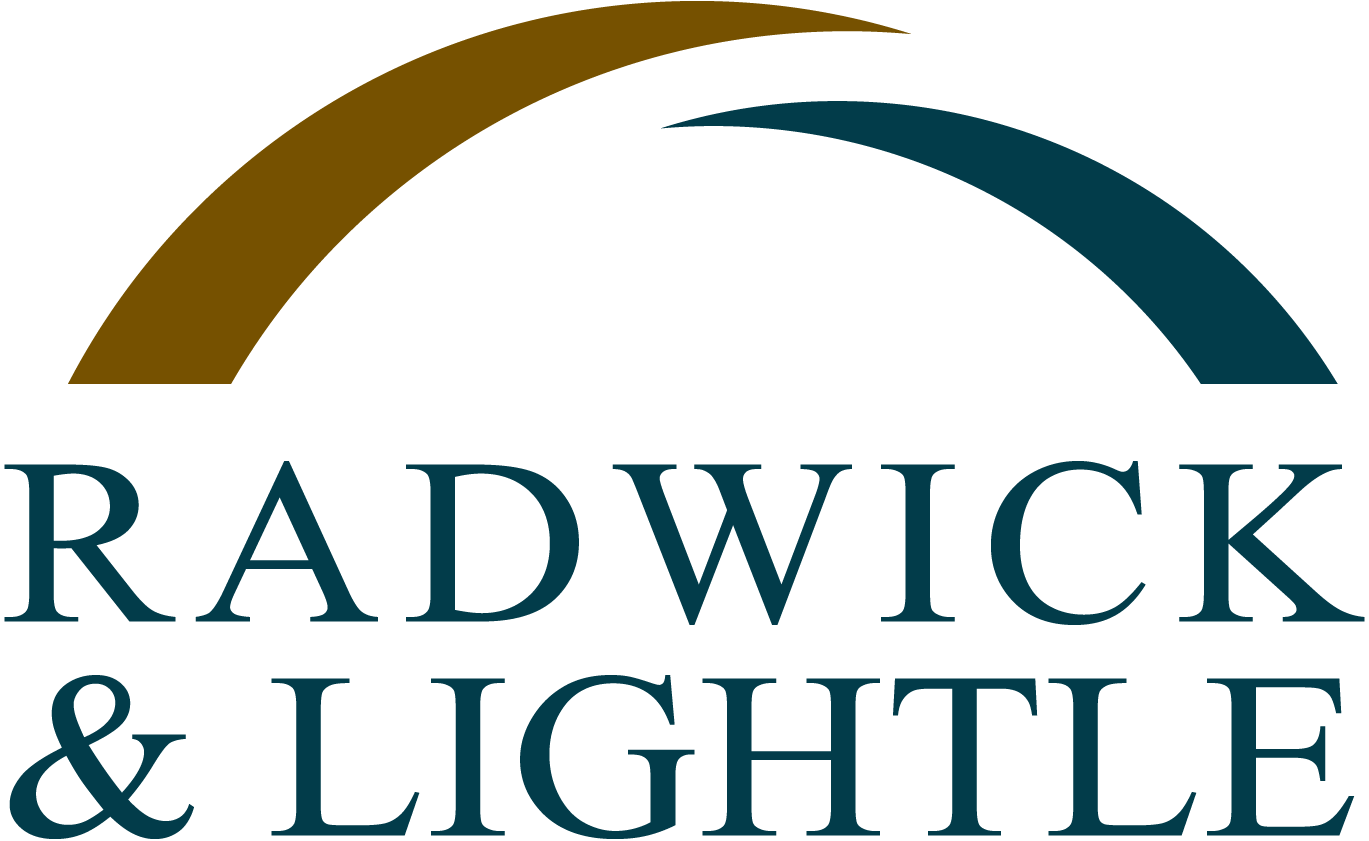Maximize Your Benefits: The Power of HSA
Health Savings Accounts (HSAs) have become a powerful tool for managing healthcare expenses, but their potential extends far beyond covering out-of-pocket costs. Let’s explore the unique advantages of HSAs, including tax benefits, the opportunity to reinvest in the market, lower out-of-pocket maximums, and the benefits for families and older employees.
1. The Power of Reinvestment
HSAs offer a unique opportunity to make your money work harder for you.
Once you've covered your deductible in your HSA account, any additional funds can be reinvested into the marketplace.
This allows you to potentially grow your savings and further secure your financial health.
2. Tax Benefits
One of the most significant advantages of HSAs is their tax benefits. The contributions you make to your HSA, including premiums for the health plan, are made pre-tax. Additionally, any earnings from reinvesting these premiums are tax-free.
Withdrawals for eligible health-related expenses are also tax-free. This means that every dollar in your HSA can be used entirely for your healthcare needs.
These pre-tax contributions also lower the FICA taxes that both individuals and sponsoring companies would otherwise pay, making HSAs a financially smart choice.
3. Lower Out-of-Pocket Maximums:
HSAs typically have lower out-of-pocket maximums.
This means you'll spend less before your insurance starts to pay for your healthcare expenses, easing the financial burden.
4. Family Coverage Benefits
HSAs offer particular benefits for family coverage.
With embedded deductibles or out-of-pocket maximums, individual family members only need to satisfy their own expense maximum. Typically found in HSA benefit plan designs.
This is a significant advantage over aggregated plans requiring family amounts to be satisfied, typically found in traditional plans with copays.
5. Maximum Contribution Amounts
For 2023, the maximum contribution for:
Self-Only Coverage: $3,850
Family: $7,750
For 2024, the maximum contribution for:
Self-Only Coverage: $4,150
Family: $8,300
6. Catch-Up Contributions
For older employees, HSAs offer additional benefits. Individuals aged 55 and older can make 'catch-up' contributions, allowing them to add an extra $1,000 to their HSA annually.
This helps older employees to better prepare for healthcare costs in retirement.
7. Eligible Expenses
HSA dollars can be spent on a wide range of eligible expenses, including but not limited to:
Medical deductibles and co-payments
Dental care
Vision care
Prescription medications
Mental health services
Chiropractic services
Physical therapy
Conclusion
The power of HSAs extends far beyond just covering healthcare costs. With tax benefits, the ability to reinvest, lower out-of-pocket maximums, benefits for families and older employees, and generous contribution limits, HSAs offer a powerful tool for managing your healthcare finances.
At Radwick & Lightle, we're here to help you maximize these benefits and secure your financial health.

